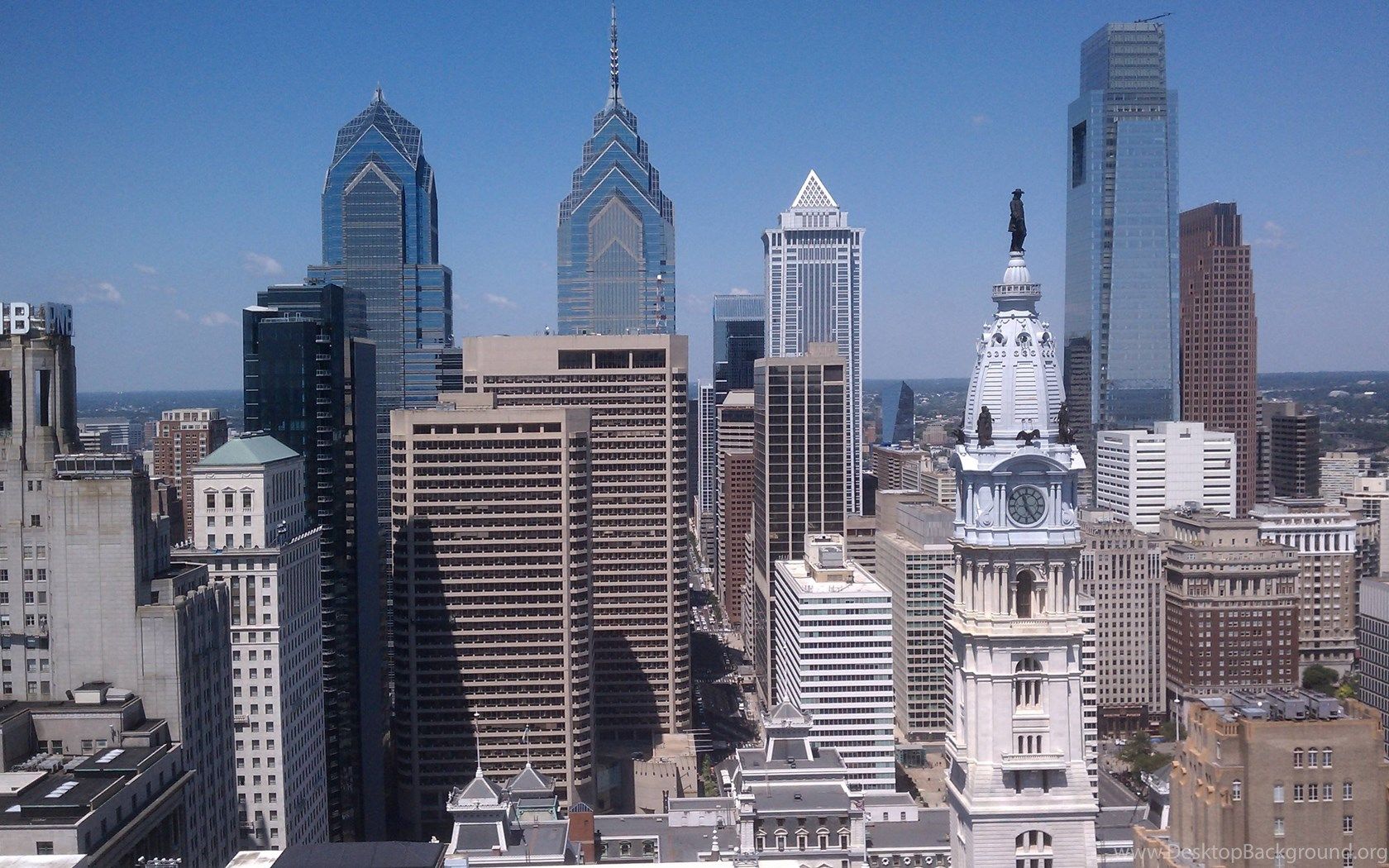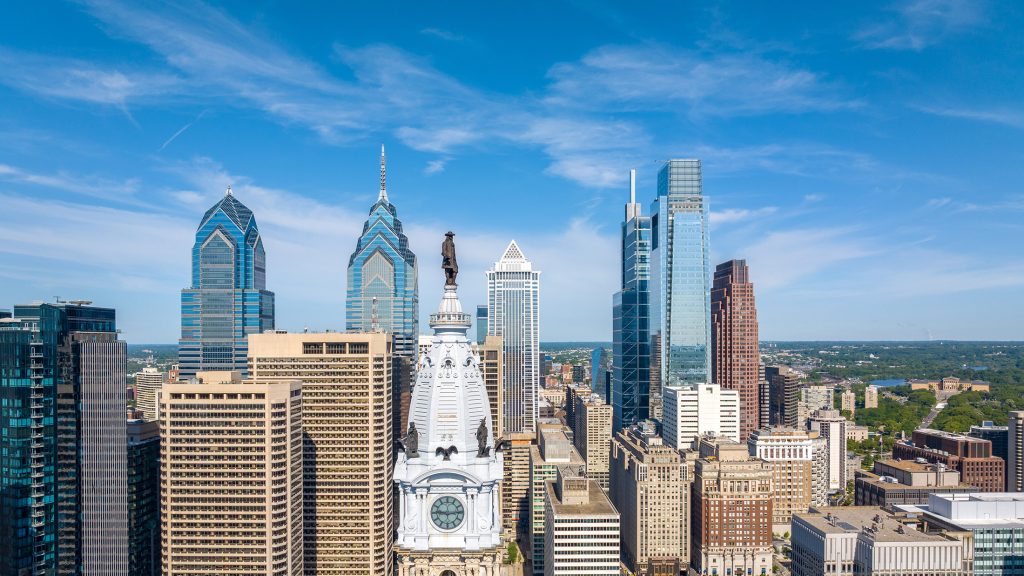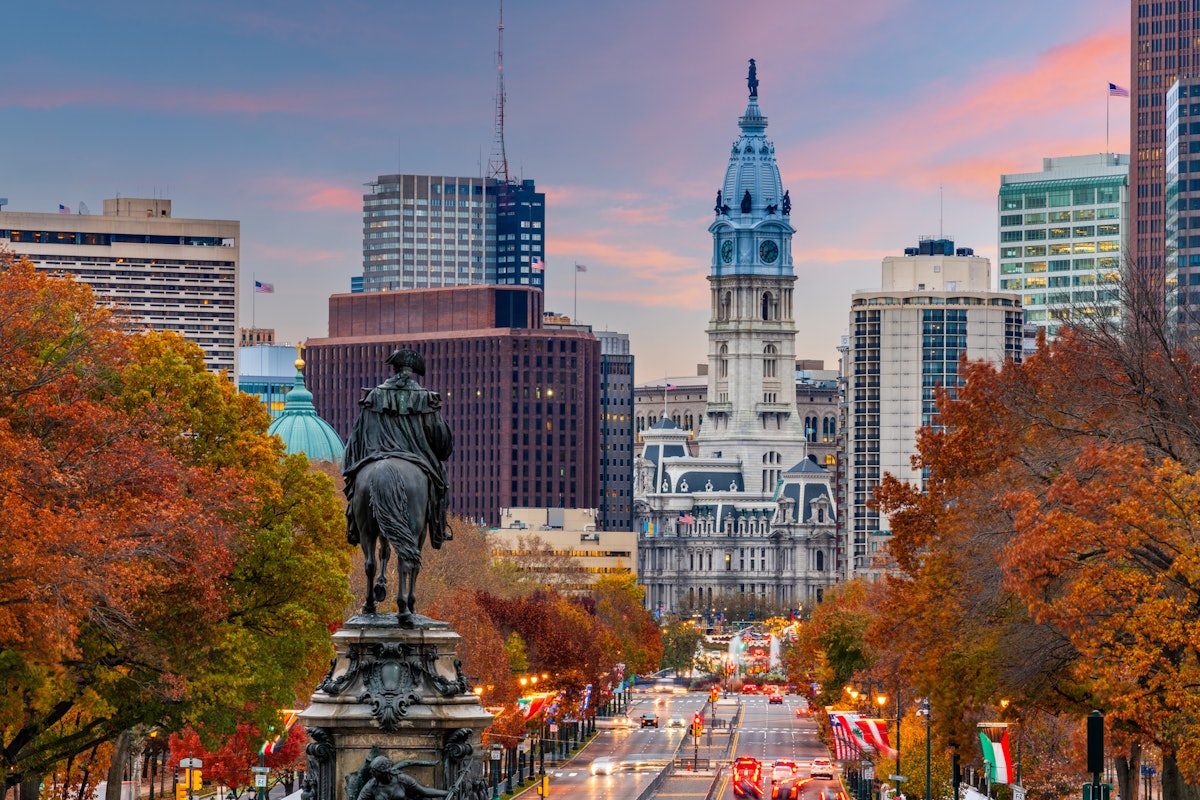In the world of professional sports, mascots play a crucial role in creating an atmosphere of excitement and fan engagement. Among the most iconic and beloved is the Philadelphia Phillies mascot, known as the Phanatic. This article delves into the history, evolution, and significance of this unique character, exploring how it has become a symbol of Philadelphia’s deep-rooted love for baseball.
Origins and Early History
The story of the Phanatic begins in 1978 when the Philadelphia Phillies introduced this green, furry, and energetic mascot to their fans. The idea was born from the team’s desire to attract more families to games and create a fun, engaging experience for all ages. Inspired by the success of other mascots like the San Diego Chicken, the Phillies reached out to Harrison/Erickson, the design firm behind Big Bird from Sesame Street, to create something truly unique.
The first appearance of the Phanatic took place on April 25, 1978, at Veterans Stadium during a game against the Chicago Cubs. With his large belly, long snout, and playful personality, the Phanatic quickly captured the hearts of fans. Officially claiming to be from the Galápagos Islands, he brought a whimsical charm that resonated with the local community.
Fun Facts About the Phanatic
Over the years, the Phanatic has become more than just a mascot; he has become a cultural icon. Here are some fascinating facts about him:
- He was inducted into the Mascot Hall of Fame in 2005.
- He famously launched hot dogs from a cannon into the crowd.
- His preferred mode of transportation around the field is an ATV, adding to his comedic style.
- In 2015, Forbes named the Phanatic the best mascot in sports.
- He once “battled” comedian Jon Stewart in a mock wrestling match for laughs.
These moments have helped solidify the Phanatic‘s reputation as one of the most entertaining and recognizable mascots in sports.
Major Historical Events and Appearances
The Phanatic has been a constant presence at significant moments in Phillies history. In 1980, he was front and center as the Phillies won their first-ever World Series title. His antics and energy helped energize the crowd and celebrate the historic victory.
In 1993 and again in 2008, when the Phillies reached the World Series (winning in ’08), the Phanatic played a starring role in rallying fans and boosting the city’s spirit. His consistent presence at important franchise moments has cemented his status as part of the Phillies’ legacy.
Why the Phanatic is the Best Mascot in MLB

Fans and analysts alike consider the Phanatic to be the top mascot in Major League Baseball. Unlike many other mascots who are limited to waving or dancing, the Phanatic engages directly with players, umpires, and even broadcasters. His humor, mischievous attitude, and high energy create memorable interactions every game.
Players from both teams enjoy being pranked or jokingly mocked by the Phanatic, contributing to an atmosphere of fun at the ballpark. His willingness to push the envelope with playful stunts and his comedic improvisation skills set the Phanatic apart from other mascots around the league.
Salary Evolution of the Phanatic
The role of portraying the Phanatic has evolved significantly over the decades. Originally, the performer behind the mascot earned a modest hourly rate. However, as the Phanatic became an iconic figure not only in Philadelphia but throughout MLB, the value and visibility of the position increased.
Today, the performer who brings the Phanatic to life, Tom Burgoyne, is a full-time employee of the Phillies and earns approximately $200,000 per year. This salary reflects the importance of the Phanatic to the team’s brand and fan engagement strategy. Burgoyne’s duties extend far beyond attending roughly 80 home games each season; he also fulfills around 500 additional appearances annually, including visits to schools, hospitals, and community events.
Behind-the-Scenes: The Job of Being the Phanatic
Many fans might think being the Phanatic is an easy job, but the truth is far from simple. The performer behind the costume has enormous responsibilities and demanding commitments beyond baseball games.
The Phanatic attends hundreds of events each year, including charity functions, weddings, school assemblies, corporate appearances, and community festivals. Each appearance requires hours of preparation and planning. The job demands physical stamina, creativity, and constant energy. To wear the Phanatic’s heavy suit and perform the stunts fans love is physically exhausting, but incredibly rewarding.
Behind every hilarious antic or goofy dance move is careful practice, professionalism, and dedication, making the Phanatic far more than just a funny character on the field.
The 2019 Lawsuit and the Phanatic Redesign

In 2019, the Phanatic was at the center of a surprising and contentious lawsuit that deeply concerned fans of the Phillies franchise. The legal dispute arose when Bonnie Erickson and Wayde Harrison, creators of the original Phanatic character design back in 1978, sought to reclaim the copyright to their creation. Their company, Harrison/Erickson, argued that under copyright law, they still retained rights to the Phanatic’s original appearance and were entitled to renegotiate the terms or potentially prevent the Phillies from using their iconic mascot.
Facing the unexpected threat of losing control over their famous mascot, the Phillies responded in early 2020 by introducing a slightly redesigned Phanatic. The updated version featured noticeable but subtle changes: the green fur became a lighter shade, the distinctive snout was shortened, and a few colorful details were added, including blue feathers around the tail and new, different-colored shoes.
The redesign sparked passionate reactions from Phillies fans, many of whom felt deeply attached to the original Phanatic‘s appearance. Some fans took to social media to express their displeasure at the adjustments, feeling the new design disrupted a beloved tradition. Others viewed the changes as minor, focusing more on the Phanatic’s unchanged spirit and humor.
Through 2020 and into 2021, the lawsuit continued, with both sides negotiating behind the scenes. Ultimately, recognizing the importance of resolving the controversy and preserving their mascot’s iconic identity, the Phillies reached an undisclosed settlement agreement with Harrison/Erickson in late 2021. This settlement fully restored the rights to the Phillies organization, allowing them to return to the original Phanatic design, much to fans’ relief.
Nostalgia and Fan Connection to the Phanatic
For lifelong Phillies fans, the Phanatic is more than just a mascot—he embodies the heart and soul of Philadelphia‘s baseball tradition. Many recall their first Phillies game as a child, where the Phanatic was as exciting as the game itself. The moment you saw that green blur zooming around the field on his ATV, you knew the fun was about to begin.
The Phanatic has created countless memories for fans, from pulling unsuspecting fans onto the roof of the bullpen to playfully dancing around them, to dumping buckets of popcorn on an unsuspecting umpire or a visiting player in the dugout. These moments made everyone feel connected, like a big baseball-loving family.
The Design Legacy of the Phanatic
From the first sketches to today’s iconic figure, the design of the Phanatic has always stood out. In the late 1970s, when the Phillies front office approached Bonnie Erickson and Wayde Harrison of Harrison/Erickson Inc., the task was to create something entirely new—an engaging, funny, and memorable mascot.
The designers, who had also created iconic characters like Big Bird from Sesame Street, understood immediately that the Phillies needed something whimsical, colorful, and instantly recognizable. The original sketches emphasized playful exaggeration—a large, rounded belly to convey friendliness, a long snout to add comic effect, and expressive, cartoon-like eyes that could capture a range of emotions from mischief to surprise.
Through the decades, the Phanatic‘s design has influenced mascots throughout professional sports. His unique blend of humor and relatable charm set a new standard, demonstrating that a mascot could be more than just a static symbol. Instead, the Phanatic became a vibrant character, capable of dynamic interaction and improvisation, inspiring other sports franchises to rethink how mascots could engage audiences.
More Than Just a Mascot
Since 1978, the Phanatic has transcended his role as a simple entertainer, becoming an essential part of the Phillies experience. From salary changes reflecting his growing importance, to the numerous commitments beyond games, to the notable 2019 lawsuit, his journey has been colorful and eventful.
His genuine humor, constant enthusiasm, and deep connection with fans have made the Phanatic much more than just a baseball mascot. He is an irreplaceable piece of Philadelphia culture, a source of community pride, and unquestionably the best-loved mascot in Major League Baseball. Fans, young and old, eagerly await every game, every antic, and every joyful appearance by their beloved Phanatic.
Conclusion
The Philadelphia Phillies mascot, the Phanatic, is more than just a character in a costume. He is a symbol of Philadelphia’s enduring love for baseball, a cultural icon, and a source of joy for fans of all ages. From his origins in 1978 to his modern-day appearances, the Phanatic has remained a beloved figure in MLB.
Whether it’s launching hot dogs into the crowd, engaging with players, or simply bringing smiles to fans’ faces, the Phanatic continues to captivate and entertain. As the Phillies look to the future, the Phanatic will undoubtedly remain a key part of their identity and a cherished part of Philadelphia’s sporting heritage.
Stay updated with the latest news about the Philadelphia Phillies and their iconic mascot, the Phanatic.
Meta Title
Philadelphia Phillies Mascot: History & Fun Facts
Meta Description
Discover the history and fun facts about the Philadelphia Phillies mascot, the Phanatic. Learn why he’s the best in MLB!
Author Section
Author: [Name]
Title/Role: Sports Journalist
Credentials: A seasoned writer with over a decade of experience covering sports, including in-depth features on mascots and team traditions.
Profile Link: [Optional link to author profile]
Trust & Credibility
- Source 1: Official Website of the Philadelphia Phillies
- Source 2: Mascot Hall of Fame
- Source 3: Forbes – Best Mascot in Sports
Image Optimization
Schema Markup
<script type="application/ld+json">
{
"@context": "https://schema.org",
"@type": "Article",
"headline": "The History and Name of the Philadelphia Phillies Mascot",
"datePublished": "2025-04-05",
"dateModified": "2025-04-05",
"author": {
"@type": "Person",
"name": "John Doe"
},
"publisher": {
"@type": "Organization",
"name": "Sports News Daily",
"logo": {
"@type": "ImageObject",
"url": "https://example.com/logo.png"
}
},
"description": "Discover the history and fun facts about the Philadelphia Phillies mascot, the Phanatic. Learn why he's the best in MLB!"
}
</script>
Featured Snippet Optimization
The Philadelphia Phillies mascot is known as the Phanatic, a green, furry creature who has entertained fans since 1978. He is recognized as one of the best mascots in MLB, known for his playful antics and engaging interactions with fans.
Call to Action
Stay updated with the latest news about the Philadelphia Phillies and their iconic mascot, the Phanatic.
URL Slug
phillies-phanatic-mascot-history
By understanding the history and name of the Philadelphia Phillies mascot, we gain insight into the rich traditions and cultural significance of baseball in Philadelphia.













More Stories
US Trending News: How to Claim Your Joy: A Guide to Finding Happiness and Inner Peace
US Trending News: Explore Www.hobbylobby.com: Your Ultimate Guide to the Official Site
When Is Trick Or Treating in 2024: A Complete Guide for Halloween